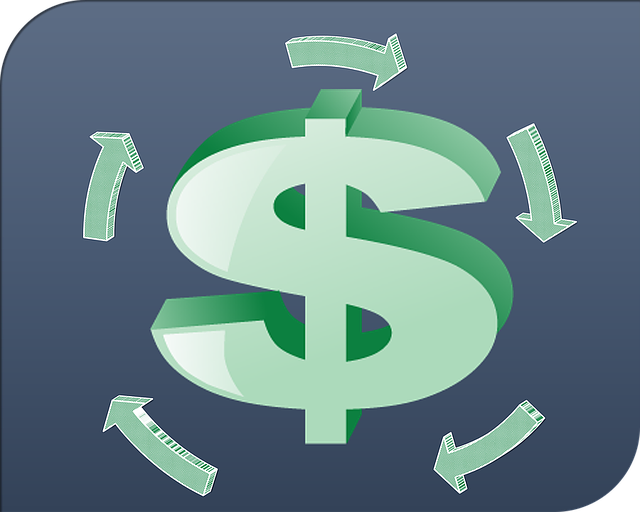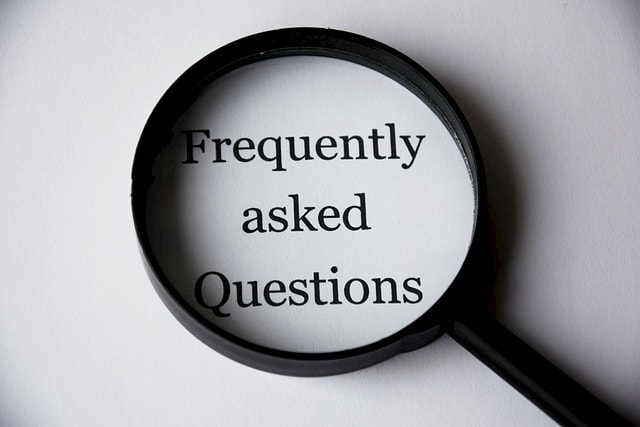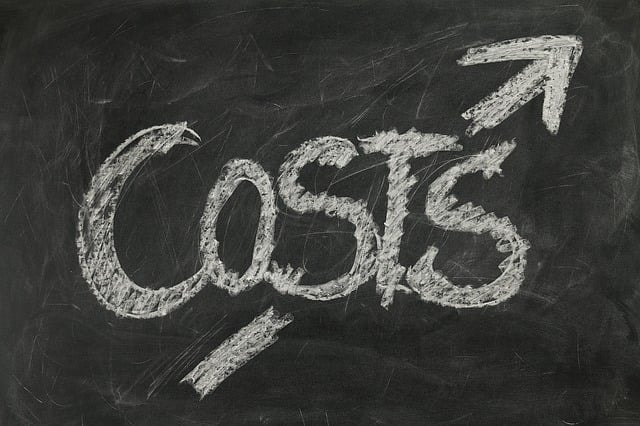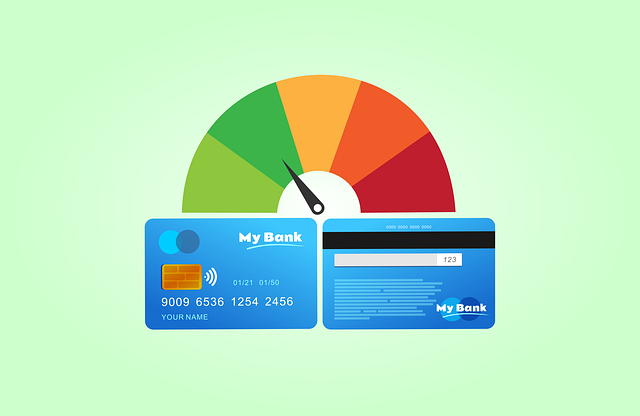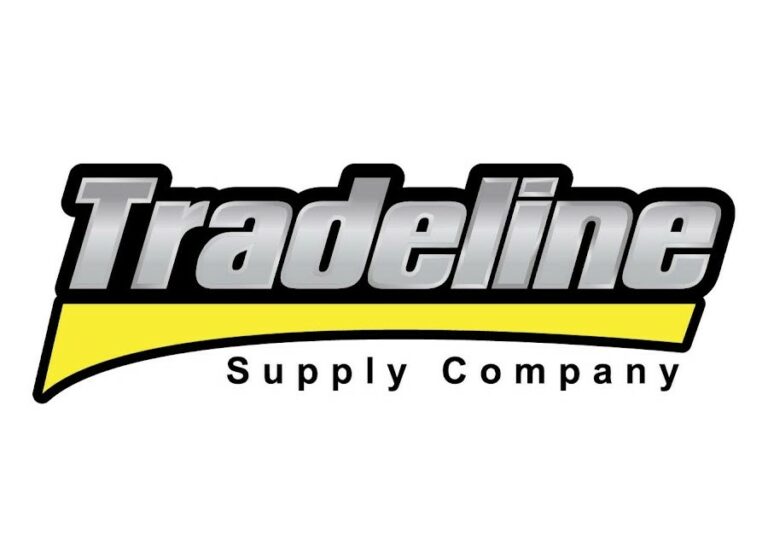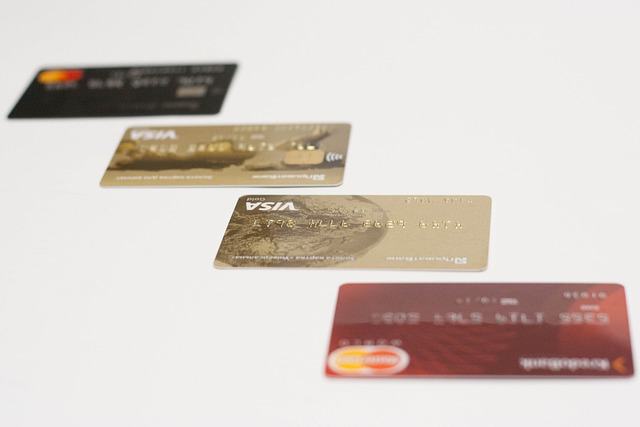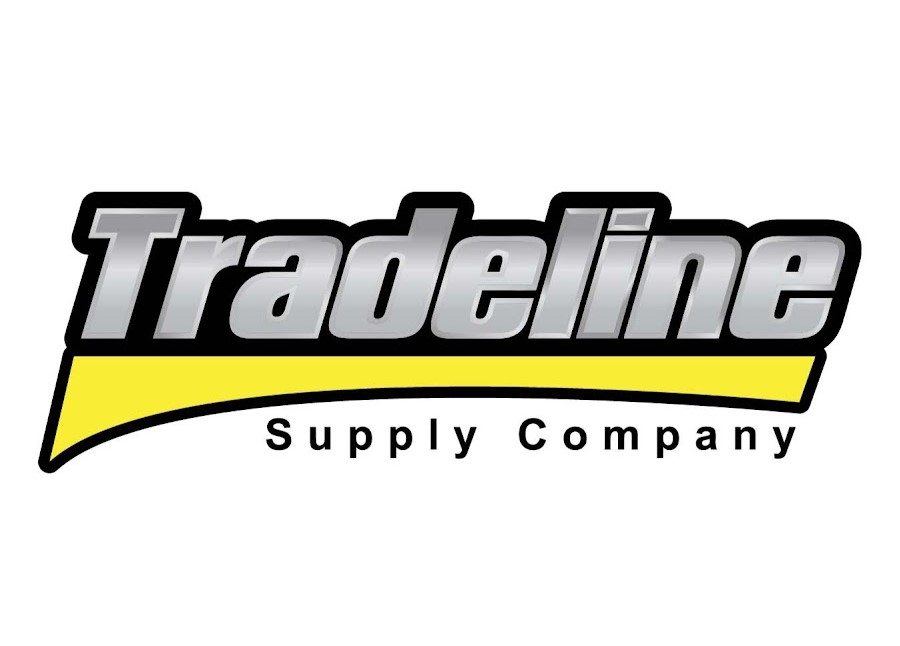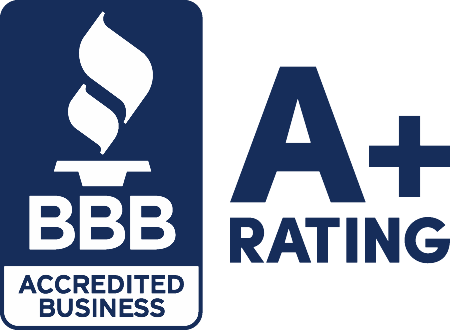What is a Business Line of Credit?
A business line of credit is a flexible financing option that allows businesses to borrow money up to a predetermined credit limit. Unlike a traditional business loan, where the borrower receives a lump sum upfront, a line of credit allows businesses to draw funds as needed, only paying interest on the amount used. This revolving credit structure provides a financial safety net, ideal for managing cash flow and covering unexpected expenses.
Business lines of credit can be secured or unsecured. Secured business lines require collateral, such as business assets, while unsecured business lines do not. The latter often comes with higher interest rates and lower credit limits.
Business lines of credit through our lender network offer the following benefits:
- Max Funding Amount: $1K – $1M
- Factor Rates: Starting at 1% p/mo
- Term: Up to 36 months
- Speed: 1-3 Business days
Can Startups get a Business Line of Credit?
Startups can access business lines of credit, though it may be more challenging than established businesses. Many lenders require several months to several years in business to qualify for a line of credit. This is because many commercial lenders want to review your business credit score during evaluation.
Here are the minimum qualifications for a busienss line of credit through our lender network:
- Annual Revenue: $200K+
- Credit Score: 625+
- Time in Business: 6 months+
As you can see, small businesses must have been operating for at least six months, but business lines of credit often have more lenient requirements than traditional business loans.
The following lenders may be an option if your startup is less than six months old and you need a business line of credit:
- Brex: Brex provides a business line of credit specifically designed for startups. Its added benefit is that no personal guarantee or credit check is required, making it an excellent option for businesses without a strong personal credit history. The Brex Business Line of Credit for Startups is especially suitable for new companies that need quick, easy access to funds to manage cash flow or scale operations.
- Novo: Novo offers several business line of credit options tailored for startups. The lender is known for its easy online application process and commitment to providing flexible credit lines with competitive rates. Novo Business Lines of Credit cater to startups looking for straightforward financing without the complications often found with traditional banks.
- Lendza: Lendza is another lender that offers business lines of credit, with credit limits up to $100,000 for startups and small businesses. Its platform connects borrowers to various lenders, increasing their chances of finding the best terms. The Lendza Business Line of Credit particularly benefits startups looking for more extensive credit lines to fuel growth or cover operational costs.
- OnDeck: OnDeck offers business lines of credit up to $100,000 with a quick and easy approval process, making it ideal for startups that need immediate access to working capital. OnDeck’s flexible repayment terms allow businesses to manage their debt comfortably, with options to adjust payments based on cash flow. With OnDeck, startups can access funds in as little as one business day.
How does a Startup Business Line of Credit work?
A startup business line of credit functions similarly to a credit card, offering businesses flexibility in borrowing and repaying funds as needed. The process is straightforward, with several key steps that enable businesses to manage their cash flow and expenses effectively.
Here’s a step-by-step breakdown of how it works:
- Activate Your Line of Credit: After being approved for a business line of credit, you’ll activate the line, which sets your credit limit. This credit limit is based on the lender’s assessment of your business’s financial health and creditworthiness. Once activated, you can access the funds up to this limit whenever needed.
- Draw Funds: During the draw period, you can access the funds by withdrawing money as needed, either through checks, transfers, or a business bank account linked to the line. You only draw what you need, and interest is charged only on the amount withdrawn, not the full credit limit.
- Interest Charges: Interest is typically charged on the balance you owe, and the rate may vary depending on the lender and whether the line is secured or unsecured. These interest charges apply only to the drawn amount, so you’re not paying interest on unused credit.
- Repayment: Repayment terms are usually more flexible than term loans, and you may be required to make weekly or monthly payments. The amount of each payment is based on the amount borrowed and the interest charges, with many lenders offering options to adjust repayment schedules according to the business’s cash flow. Repayments help reduce the outstanding balance, which you can borrow against again.
- Repeat the Process: As long as your account remains in good standing and within the credit limit, you can continue to draw from your line of credit, repay it, and draw again. This revolving credit structure is useful for businesses with fluctuating cash flows, needing inventory, or covering operational expenses.
This type of financing is beneficial for managing cash flow fluctuations, purchasing inventory, covering short-term operational expenses, or taking advantage of new opportunities during off-season periods. It provides businesses quick access to capital while offering flexibility in how and when funds are repaid.
Note: Non-revolving lines of credit provide a one-time credit line that closes once the borrowed amount is repaid.
What are the benefits of a Startup Business Line of Credit?
A startup business line of credit offers several significant advantages for new businesses. One of the key benefits is flexibility; it allows businesses to borrow only the amount they need and pay interest only on the funds that are actually drawn, making it a cost-effective option.
Additionally, a business line of credit operates as a revolving credit, meaning startups can access funds repeatedly as long as they remain within their credit limit. This provides a reliable source of working capital. This flexibility also makes it ideal for improving cash flow management, especially for covering short-term expenses or dealing with unexpected costs.
Unlike term loans, startup lines of credit do not have fixed repayment terms. This allows startups more flexibility in managing repayment schedules based on their financial situation. Furthermore, many lenders report payment histories to business credit bureaus, which can help build business credit.
What are the drawbacks of a Startup Business Line of Credit?
Despite the many benefits, borrowers should consider some potential drawbacks to startup business lines of credit. One of the main downsides is the higher interest rates that often accompany unsecured lines of credit, making borrowing more expensive than secured options.
Lenders may also impose certain credit requirements, such as a good personal credit score, excellent business credit rating, or even a personal guarantee, which can be challenging for new businesses with limited credit history. Additionally, startups may face lower credit limits, as lenders tend to offer smaller lines of credit to businesses without a proven financial track record.
Another concern is the potential for ongoing fees, such as maintenance or origination fees, which could add to the cost of the credit. Finally, strict eligibility requirements may make it difficult for some startups to qualify for a line of credit, as lenders typically have specific criteria for approval.
Startup Business Line Pros & Cons
Pros:
- Flexible financing option.
- Only pay interest on drawn amounts.
- Helps build business credit.
- Revolving credit structure.
- Supports cash flow management.
Cons:
- Higher interest rates for unsecured lines.
- Lower credit limits for startups.
- Ongoing fees and charges.
- Requires good credit score and personal guarantee.
- Limited lender options for startups.
How do I get a Startup Business Line of Credit?
Accessing a startup business line of credit can be an invaluable tool to fuel early-stage growth, bridge cash flow gaps, and meet operational needs. It provides flexible funding that allows businesses to borrow up to a predetermined limit and repay as needed. If you’re a startup looking for this type of financing, here’s a consolidated guide to help you through the process:
Step 1: Determine Your Credit Needs
Before applying for a business line of credit, assess how much funding your startup requires. A good rule of thumb is to ask for 10-20% of your projected yearly revenue (or expected revenue if you’re pre-revenue). For established startups, credit limits typically range between $10,000 and $100,000, though these amounts can increase over time as you build a track record of timely payments.
Step 2: Evaluate Your Eligibility
Lenders typically require startups to meet certain eligibility criteria. While these criteria can vary, most lenders expect your business to have been operational for at least six months and to generate a minimum of $20,000 in monthly revenue. A credit score of at least 675 is often necessary, and your primary operations must be based in the United States. In addition to these requirements, be prepared to provide key documents such as financial statements, tax returns, and business projections. Some lenders may also require a personal guarantee or collateral.
Step 3: Prepare the Necessary Documentation
Gather and prepare your application documentation ahead of time. Lenders typically request detailed business information, including tax returns, bank statements, and financial projections. Some lenders may also require proof of your business checking account. To streamline the process, ensure everything is organized and ready for submission.
Step 4: Research and Compare Lenders
Not all lenders offer the same terms, interest rates, or credit limits. Take the time to compare options from traditional banks, online lenders, and credit unions. Pay attention to annual percentage rates (APRs), ranging from 8% to 25%, depending on your creditworthiness and the lender’s terms. Ensure that the lender you choose offers the most favorable terms and repayment capabilities for your business needs.
Step 5: Submit Your Application
Once you’ve selected a lender, proceed with the application process. This will likely include submitting your documentation and linking your business checking account. While some lenders can provide an instant decision, others may take longer to review your application thoroughly. Be prepared to answer any follow-up questions or provide additional information as needed.
Step 6: Review and Accept the Offer
Before accepting the credit offer, carefully review its terms and conditions. Ensure the loan amount, interest rates, repayment terms, and fees align with your business’s financial situation and goals. Accept the terms and finalize the credit line once you’re confident that the offer is suitable.
Step 7: Manage and Utilize Credit Responsibly
After approval, use your line of credit wisely. Only draw funds when necessary to meet working capital needs or fund growth initiatives. By borrowing responsibly and making timely repayments, you could increase your credit limit over time, offering your business even greater flexibility and benefits.
By following these steps, you’ll be well on your way to securing the funding to help your startup grow and succeed.
Frequently Asked Questions
Here are the most common questions about startup business lines of credit.
What are the costs of a Business Line of Credit?
The costs associated with a business line of credit can vary depending on the lender and the type of credit line, but typically include the following:
Interest Rates: Vary based on whether the line of credit is secured or unsecured. Some lenders offer introductory fixed rates for the first 6-12 months to provide stability.
- Secured Lines of Credit: Interest rates generally range from 7% to 15%.
- Unsecured Lines of Credit: Interest rates tend to be higher, ranging from 10% to 25%, depending on the creditworthiness of the business and the lender’s terms.
Origination Fees: A one-time fee for setting up the credit line, typically ranging from 1% to 5% of the total credit limit.
Maintenance Fees: Ongoing fees for keeping the account open, usually ranging from $10 to $50 monthly. Some lenders may charge higher fees depending on the size of the line and account activity.
Draw Fees: Fees for each draw taken from the credit line, which can range from $5 to $15 per transaction or a percentage of the draw, typically 1% to 2%.
Payment Terms: Payments are generally due on a weekly or monthly basis, with flexible repayment terms. Some lines of credit may allow interest-only payments during the draw period, while others may require principal and interest payments. Loan terms usually range from 6 months to 5 years, depending on the lender and the credit line.
These costs can vary depending on your business’s financial situation and the specific lender, so it’s essential to thoroughly review all fees and terms before accepting a business line of credit.
Can I get a Business Line of Credit with Bad Credit?
Securing a business line of credit with bad credit is more challenging, especially for startups. Lenders generally view bad credit as an increased risk, making it harder to obtain favorable terms. While it’s not impossible, most lenders will impose stricter conditions. For example, you may face higher interest rates, lower credit limits, and less favorable repayment terms than those with good or excellent credit. Additionally, some lenders might require a personal guarantee or collateral to offset the higher risk of lending to a new business with limited or no credit history.
Startups, in particular, face additional obstacles when seeking a business line of credit, as many lenders expect at least good to excellent credit to mitigate the inherent risks of financing a new enterprise. Established businesses typically have a proven track record of financial stability and repayment, which makes them more attractive to lenders. Without this history, startups are often scrutinized more heavily, and credit limits may be much lower. Furthermore, lenders may require more detailed documentation, including business plans and projections, to assess the potential for success.
However, if your business has strong cash flow, it may help offset some of the negative impact of poor credit. Lenders might be more willing to approve a line of credit if they see that your business generates reliable revenue, even if your credit score is below average. It’s also crucial to improve your credit score before applying to increase your chances of approval and secure better terms. Many financial institutions offer credit repair services, and taking advantage of these is advisable to boost your creditworthiness ahead of your application.
In summary, while it’s harder for startups with bad credit to get a business line of credit, maintaining solid cash flow, providing collateral, and improving your credit score can help improve your chances of approval.
What are the alternatives to a Startup Business Line of Credit?
Startups and newer businesses have several alternatives to business lines of credit.
Vendor Credit
Vendors may offer payment terms that allow startups to purchase goods and services on credit, improving cash flow without traditional financing.
Business Credit Cards
Business credit cards offer a revolving line of credit with the added benefit of rewards programs. They can be a more accessible option for startups.
Merchant Cash Advance
A merchant cash advance (MCA) provides a lump sum of cash in exchange for a percentage of future credit card sales. This option is often more accessible to businesses with only 3 -4 months of credit card sales history.
Equity Financing
Selling ownership stakes in your business to investors can provide significant funding without the need for repayment.
Crowdfunding
Platforms like Kickstarter and Indiegogo enable startups to raise funds from a large number of backers.
Small Business Grants
Grants from government agencies and private organizations can provide funding without repayment obligations.
Startup Business Line of Credit Options – Final Thoughts
A startup business line of credit can be a valuable tool for managing cash flow, covering operational expenses, and seizing growth opportunities. While eligibility requirements and costs are available, the flexibility and benefits often outweigh the drawbacks.
By understanding your financing needs, evaluating lenders’ terms, and maintaining a positive credit history, your startup can access the funds necessary to thrive. For startups that face challenges with eligibility, exploring alternative financing options like business credit cards, vendor credit, and crowdfunding can provide additional support.
Contact us if you have more questions about startup business lines of credit or to apply for a small business loan. Our alternative financing experts can help you find the best funding options for your business goals.



